-
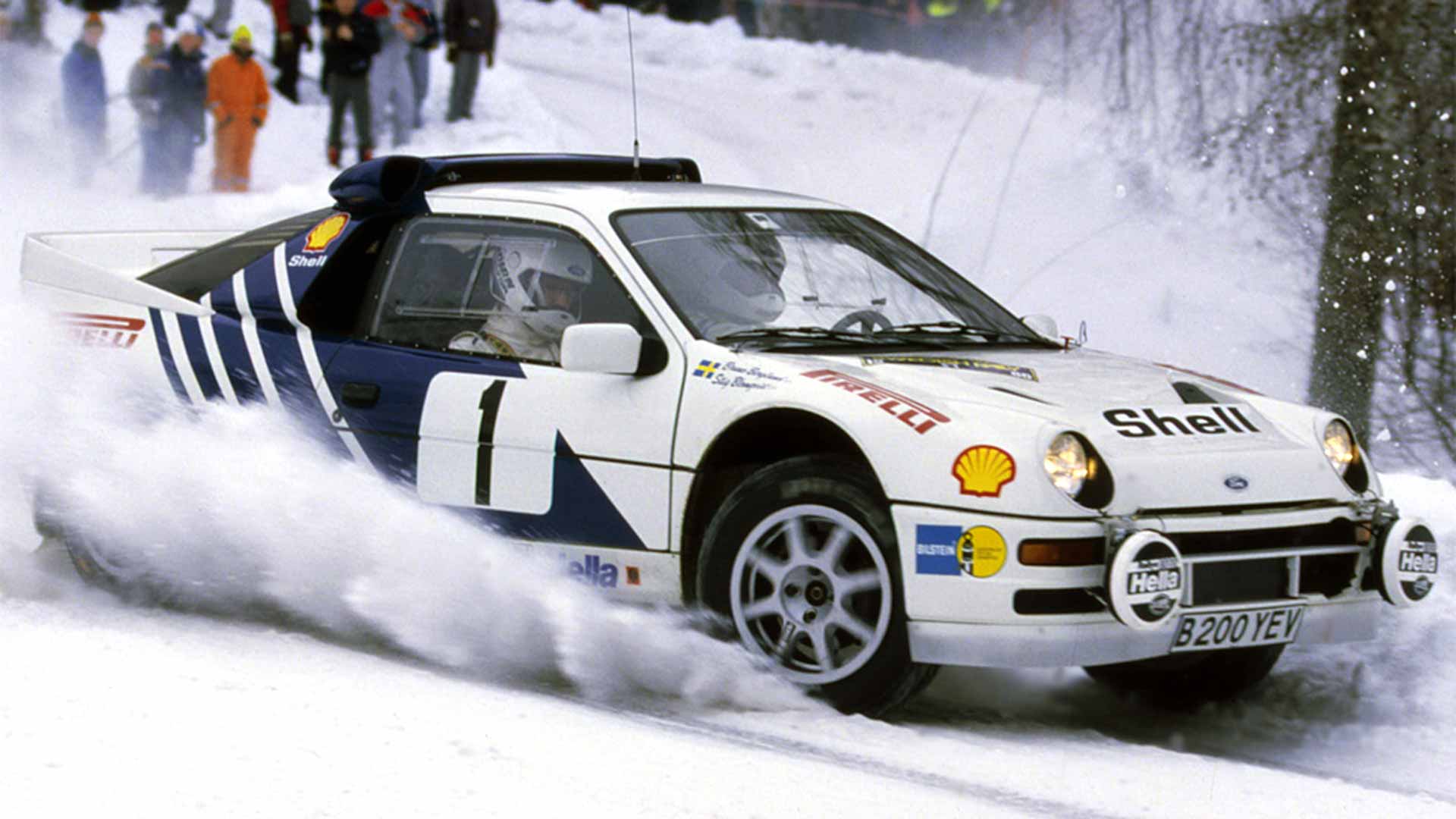
Group B rallying: 1982-1986
© FordOn 2 May 1986, Henri Toivonen and his co-driver Sergio Cresto were killed while racing in the Tour de Corse. It signalled the end for Group B rallying, the final act in a series of unfortunate events involving super-fast and lightweight rally cars.
Now, 40 years after it began, and despite the tragedies and serious injuries, Group B is remembered as one of rallying’s greatest periods – and these are its greatest cars.
-
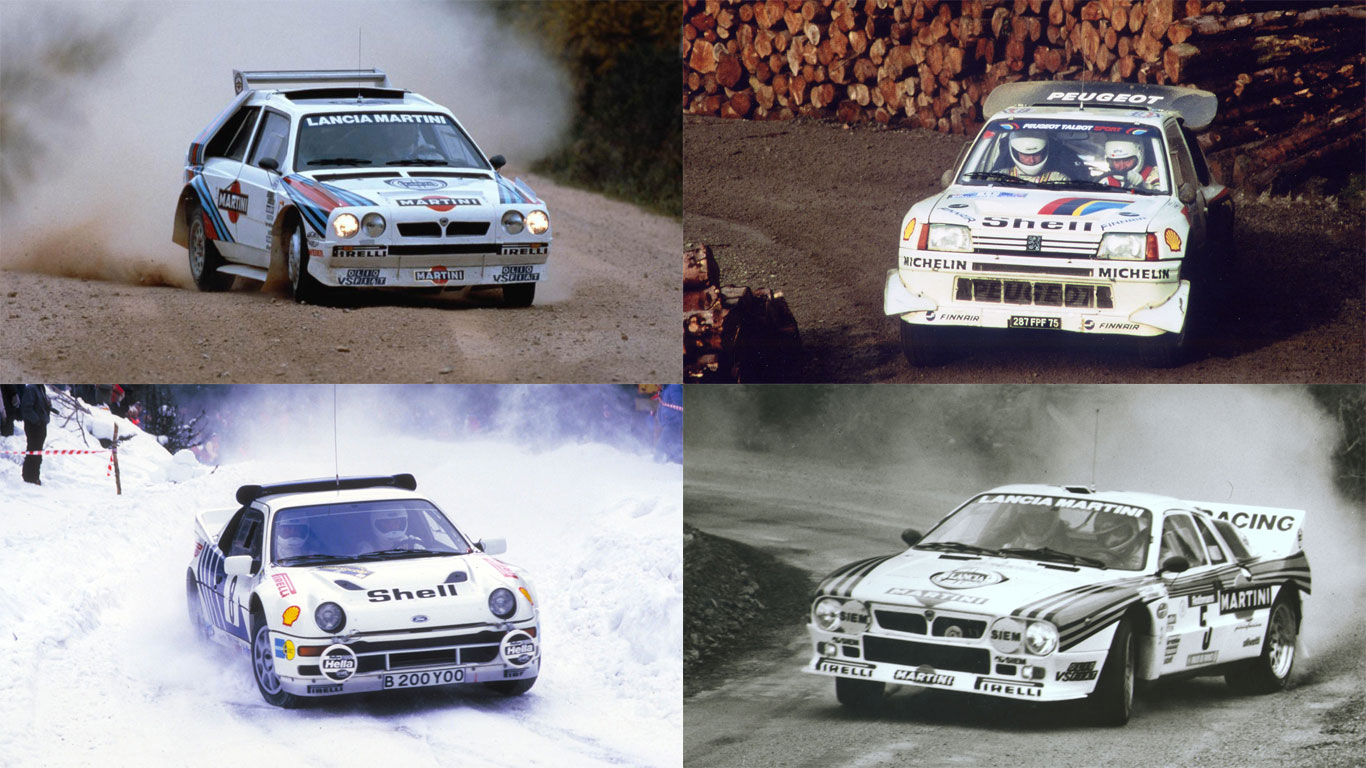
Crazy horsepower
© ManufacturersIt’s no coincidence that rallying’s most formative years were also its most dangerous. Back in the 1980s, the sport was more popular than F1, with rally drivers becoming household names. For carmakers, Group B was like being let off the leash – free to build crazy machines with only 200 road cars required for homologation purposes. Horsepower went through the roof and the cars became ever lighter. It was a recipe for disaster, but the fans loved it, keen to line the tarmac, snow and gravel stages of the world, often within touching distance of the mega-horsepower machines.
-
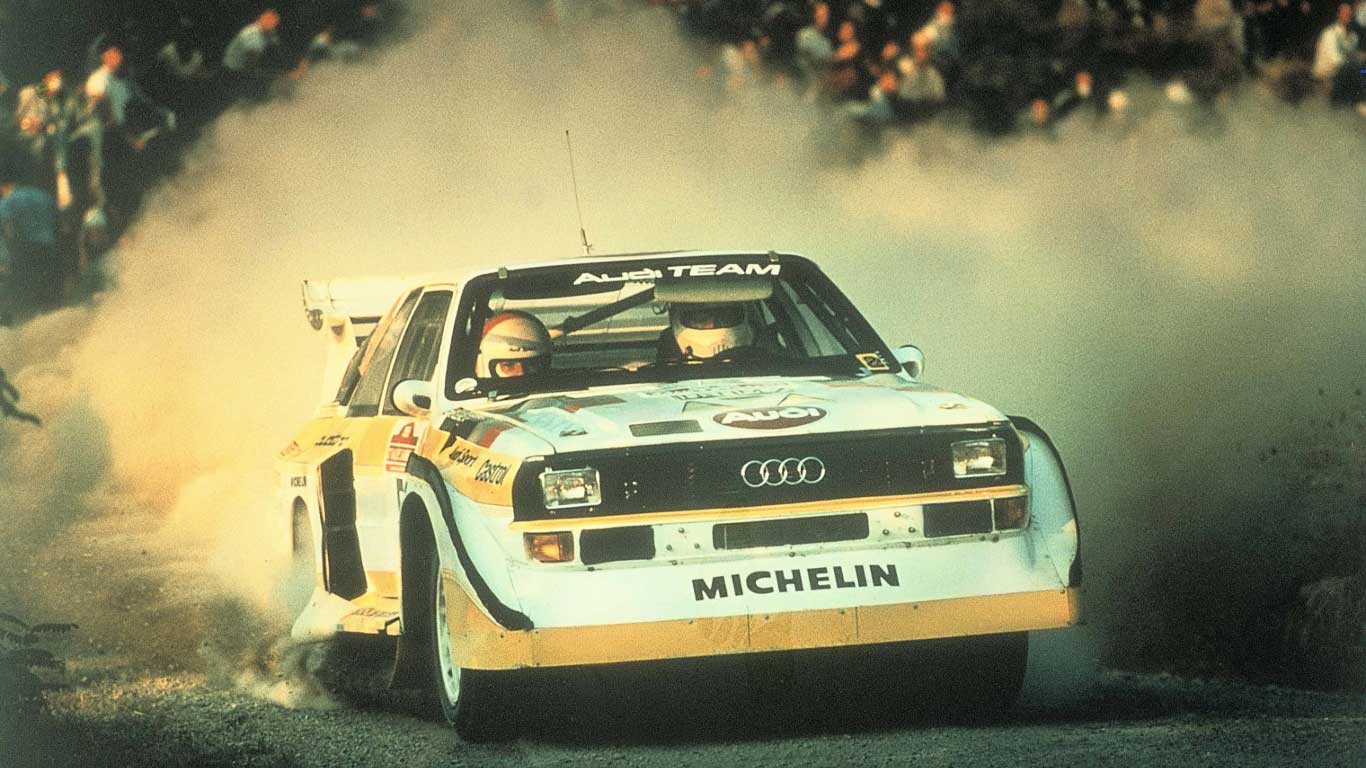
Audi quattro and Sport quattro
© AudiFour-wheel drive and turbocharging. Today it sounds like a simple recipe, but when Audi launched its quattro, it was both radical and groundbreaking. Audi works driver, Stig Blomqvist described the difference between two- and four-wheel drive as “day and night”. Indeed, Audi was able to secure a formidable team, with Michele Mouton and Hannu Mikkola joining Blomqvist.
-
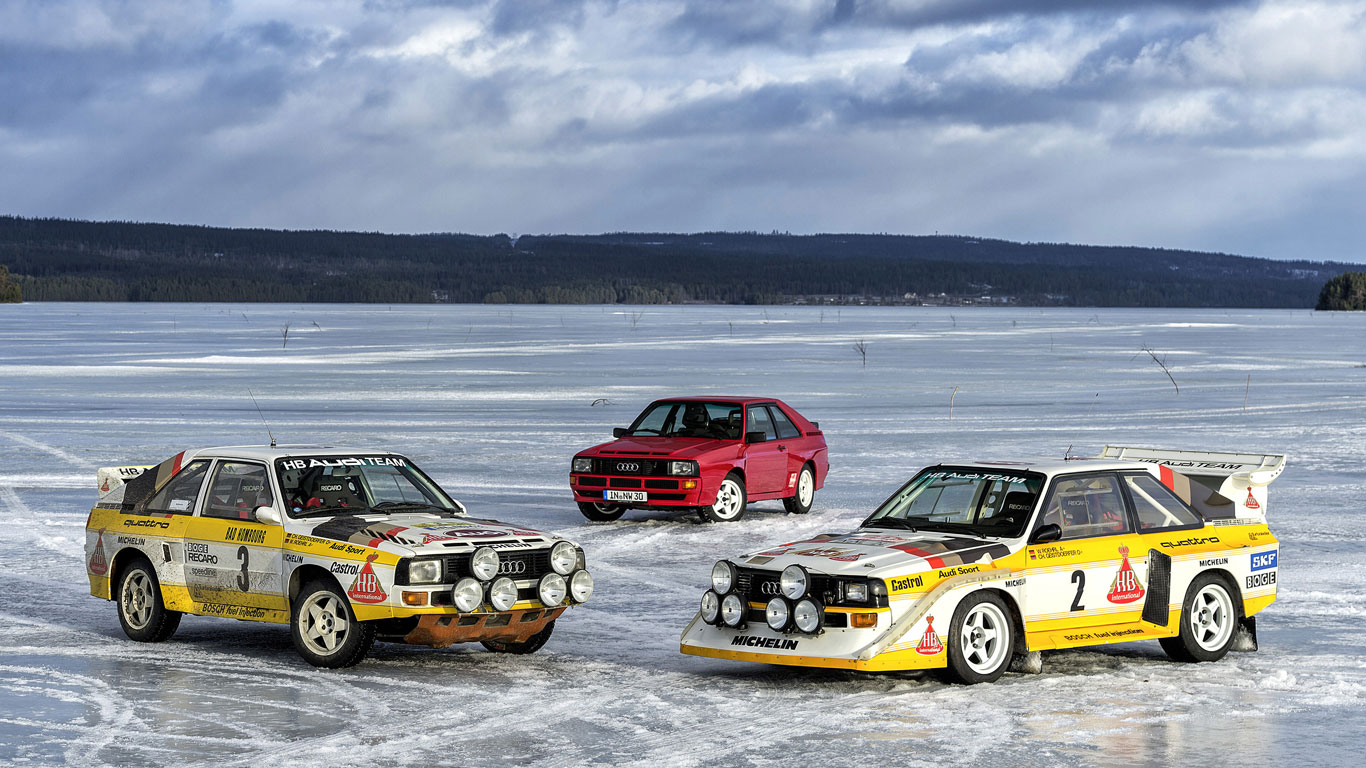
Audi quattro and Sport quattro
© AudiHannu Mikkola drove the Audi quattro to the drivers’ championship in 1983, with Stig Blomqvist repeating the achievement in 1984. The German firm was totally dominating the sport, with success on the track translating to sales in the showroom. Its technology revolutionised world rallying, forcing its competitors to play catch up. They did catch up, but it took a while.
-
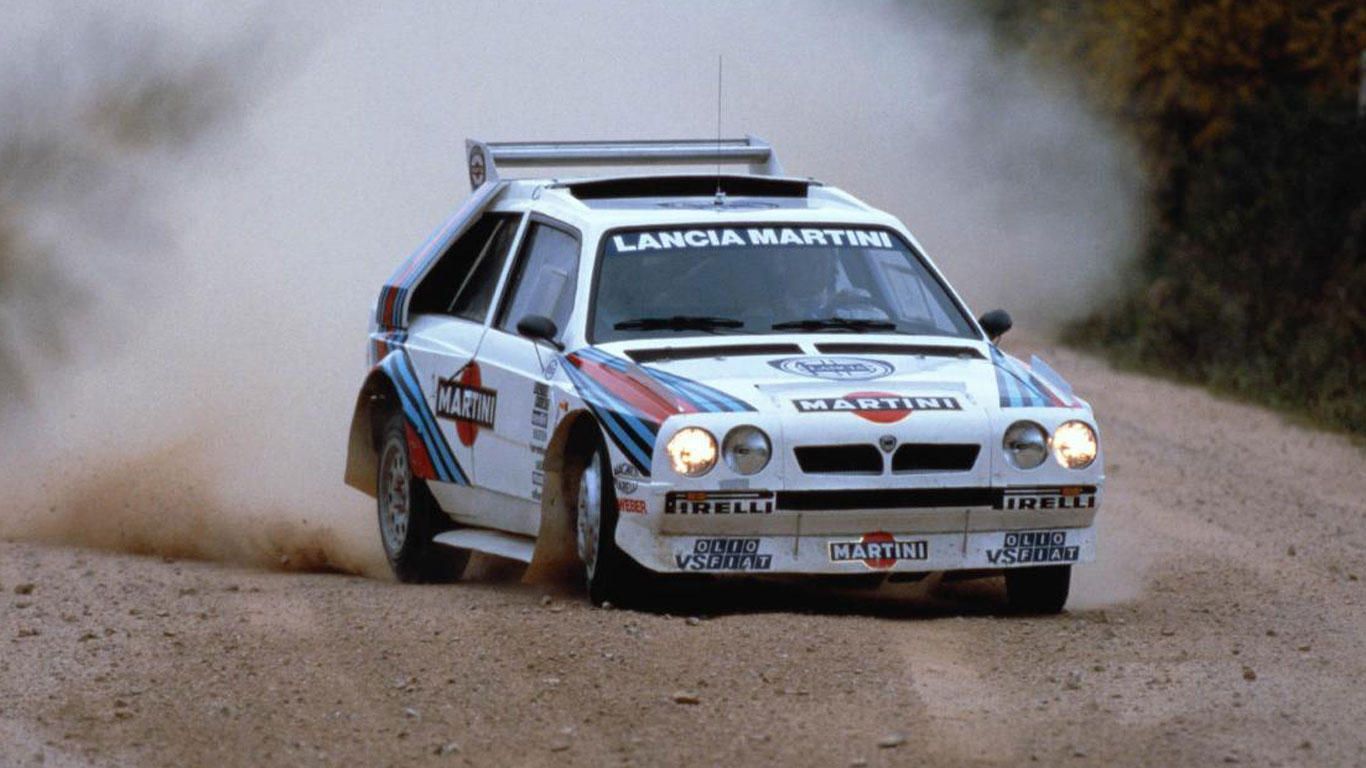
Lancia Delta S4
© LanciaIn 1983, the Lancia Rally 037 was the last rear-wheel-drive car to win a World Rally Championship. Its replacement — the Delta S4 — was a mid-engined, four-wheel-drive Group B monster, designed to take the fight to Audi. Indeed, aside from the Peugeot 205 T16, it was the only genuine rival to the all-conquering quattro.
-
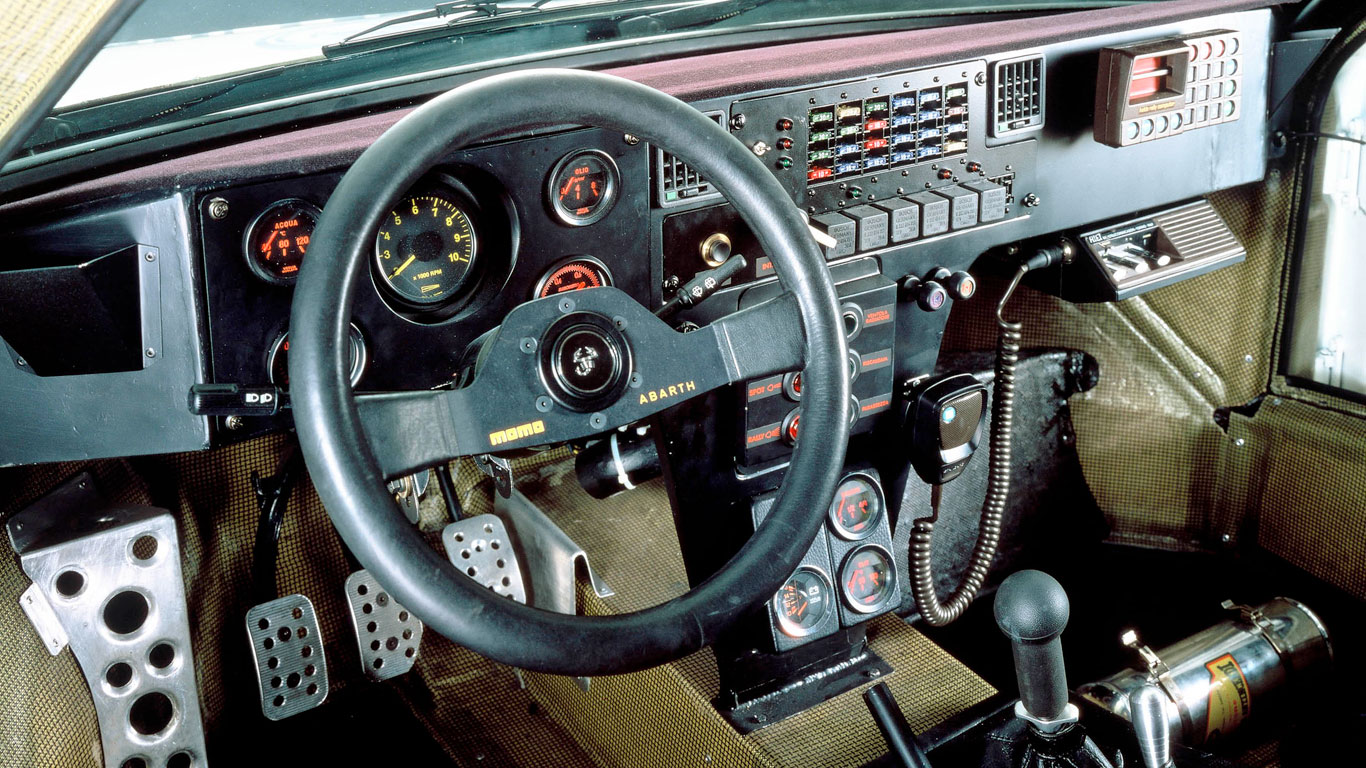
Lancia Delta S4
© LanciaIts supercharged and turbocharged engine produced between 450hp and 500hp, with its kerb weight of 890kg highlighting all that was good — and indeed bad — about this era of rallying. The Delta S4 was one of Group B’s wildest childs and will forever be remembered as the car crashed by Toivonen at the 1986 Tour de Corse. The Finn’s death signalled the end for Group B.
-
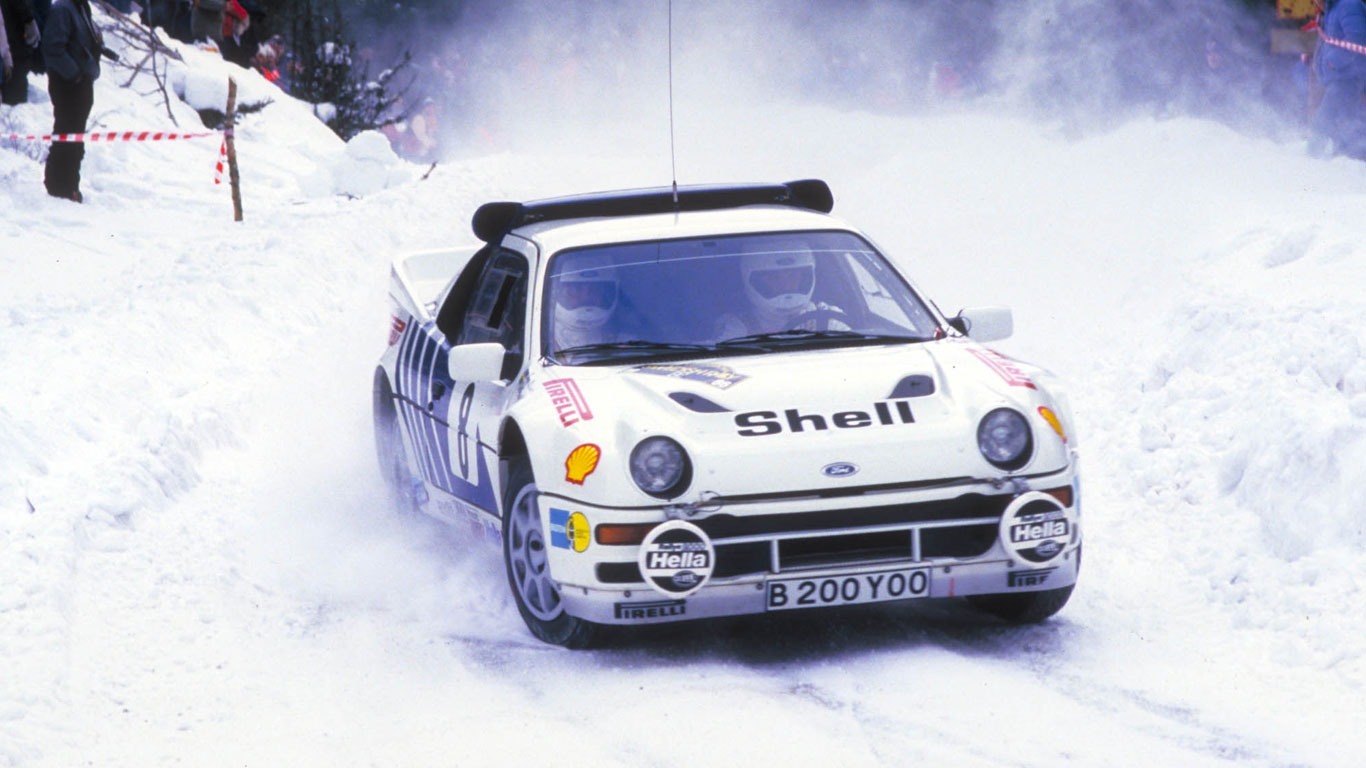
Ford RS200
© FordLooking back, it’s as though the world’s carmakers were on some kind of drug in the 1980s. That’s the only rational explanation for Ford creating the RS200. Its birth was a direct result of the cancellation of the Ford Escort RS1700T, but it wouldn’t arrive until the 1986 season: the final year of Group B.
-
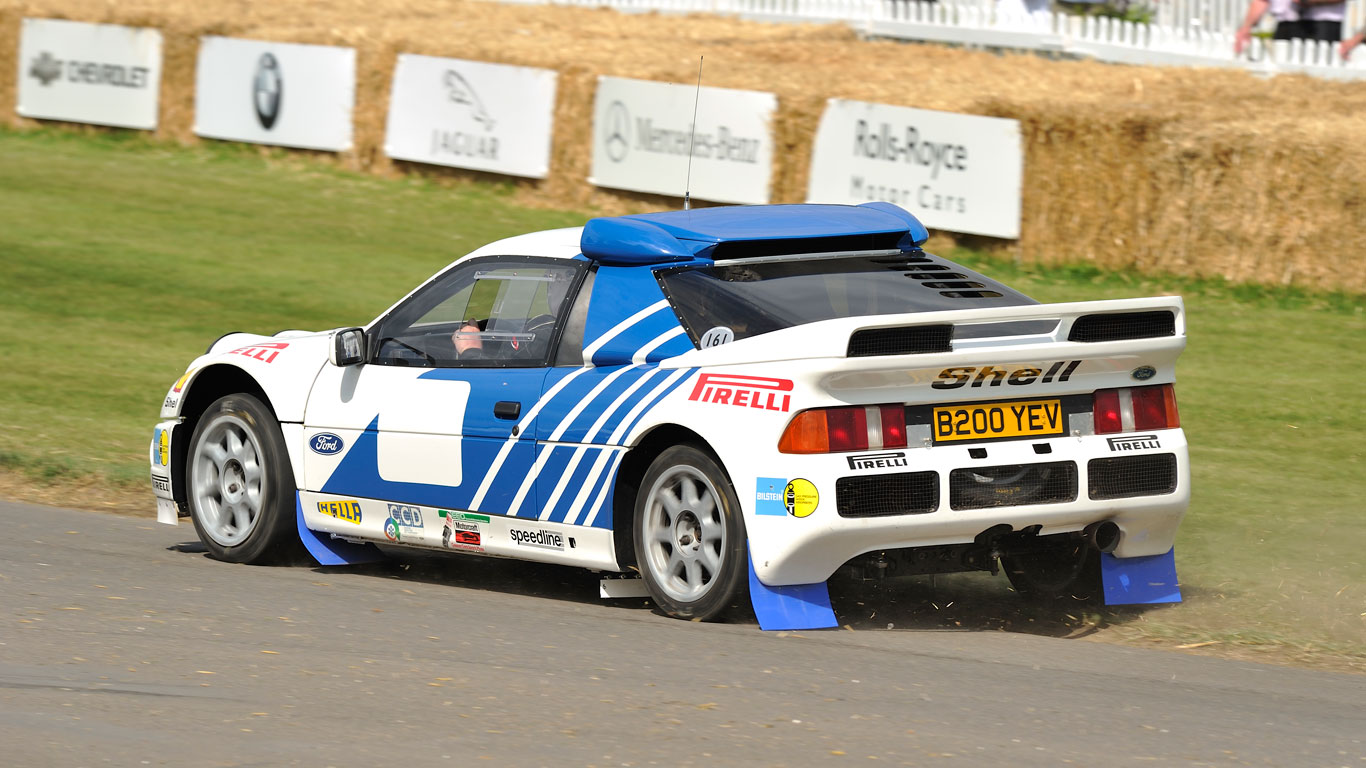
Ford RS200
© GoodwoodIf it looks radical today, just think what it looked like in the mid-80s. Aside from Sierra rear lights and windscreen, the RS200 was nothing like the standard Ford cars of the day, while its Kevlar body hid a 1.8-liter engine developing 420hp. Sadly, an RS200 driven by Joaquim Santos was involved in an incident in which three spectators died and a further 30 were injured. It was the first of many crashes that led to the eventual ban on Group B cars.
-
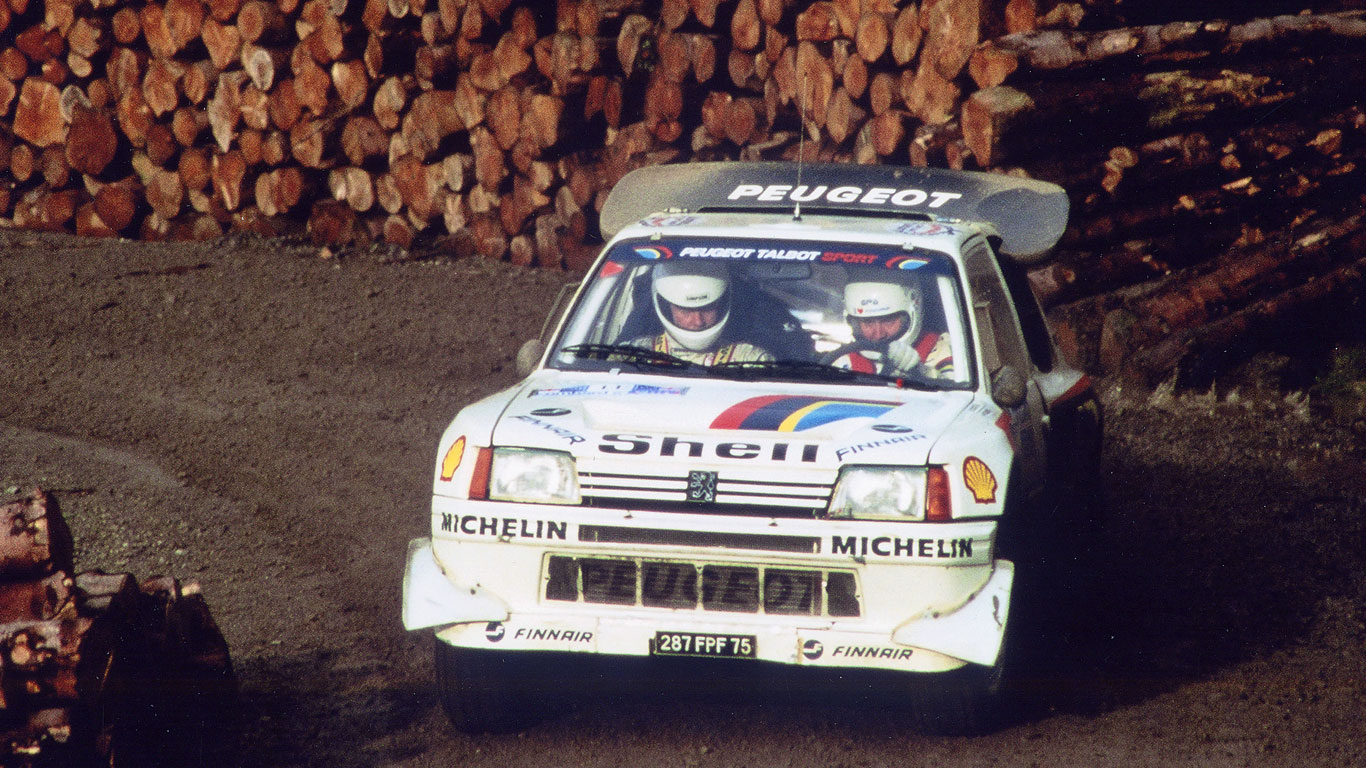
Peugeot 205 T16
© PeugeotFor many fans of rallying, three cars make up the Holy Trinity of Group B: the Audi quattro, the Lancia Delta S4 and the Peugeot 205 T16. Designed to take on the might of Audi, the 205 T16 was lighter and therefore more nimble than its German rival; winning the Drivers’ and Constructors’ titles in 1985 and 1986.
-
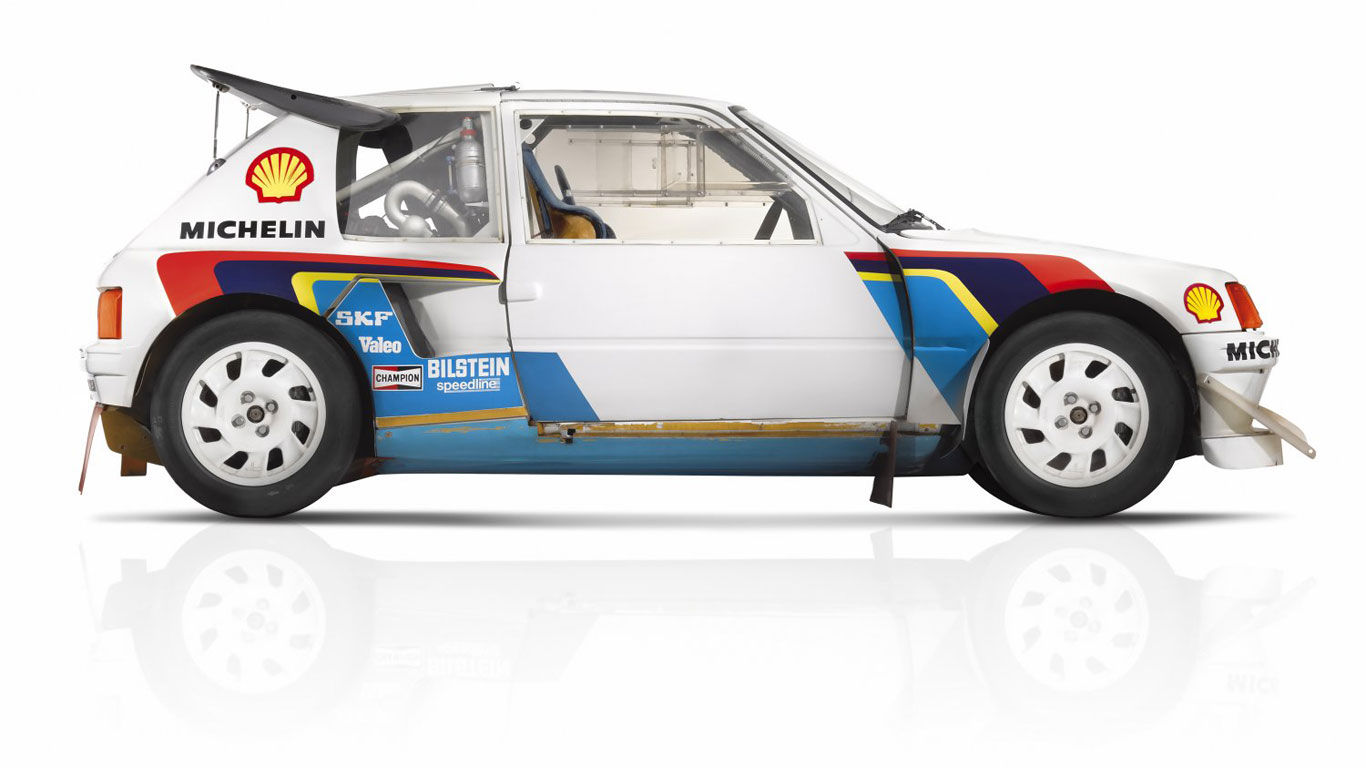
Peugeot 205 T16
© PeugeotWith 335hp on tap — a figure that would increase to 420hp and then 500hp — Jean Todt was able to assemble an all-star cast for his Peugeot Talbot Sport team. None other than Ari Vatanen, Timo Salonen and Juha Kankkunen took the wheel of the 205 T16 cars, creating a Group B match made in heaven.
-
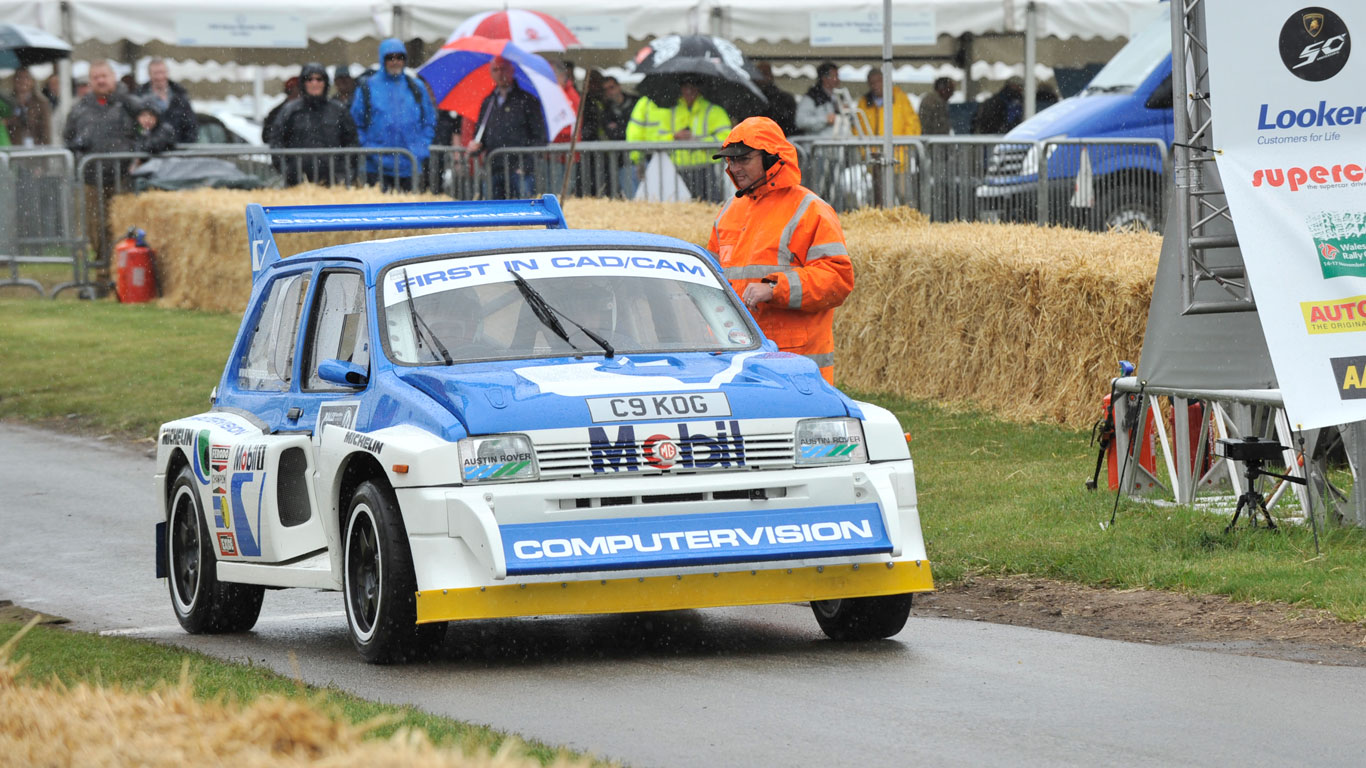
MG Metro 6R4
© CholmondeleyRose-tinted glasses are a wonderful thing. Three decades on we look at the MG Metro 6R4 with a huge amount of affection, not least because of its success in ‘Clubman’ spec. But as a Group B rally car it has to go down as a failure, with a succession of engine problems leading to a series of DNF classifications.
-
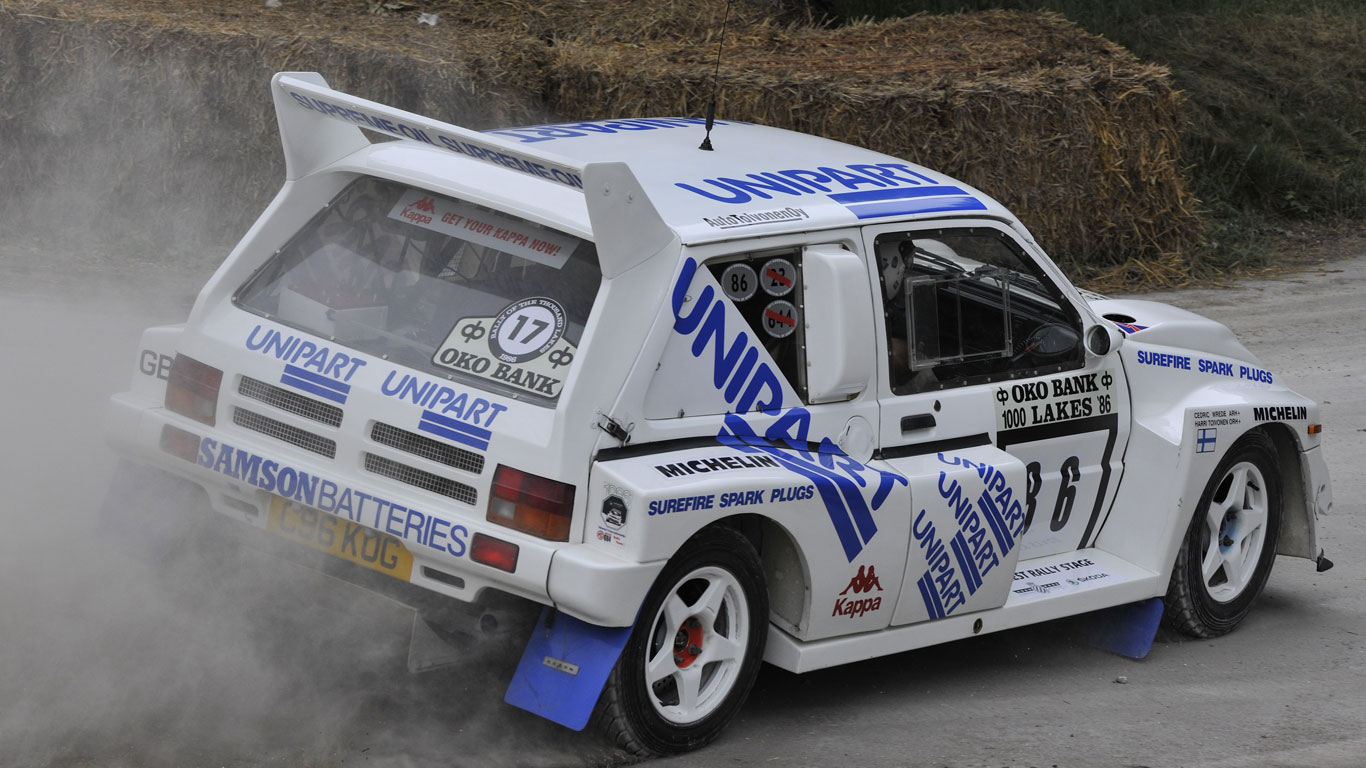
MG Metro 6R4
© GoodwoodNot to be confused with the Metro driven by your mother, the 6R4 featured a mid-mounted V6 engine, flared arches and integral roll cage. In case you were wondering, 6R4 stands for 6 cylinder, Rear engine, 4-wheel drive.
-
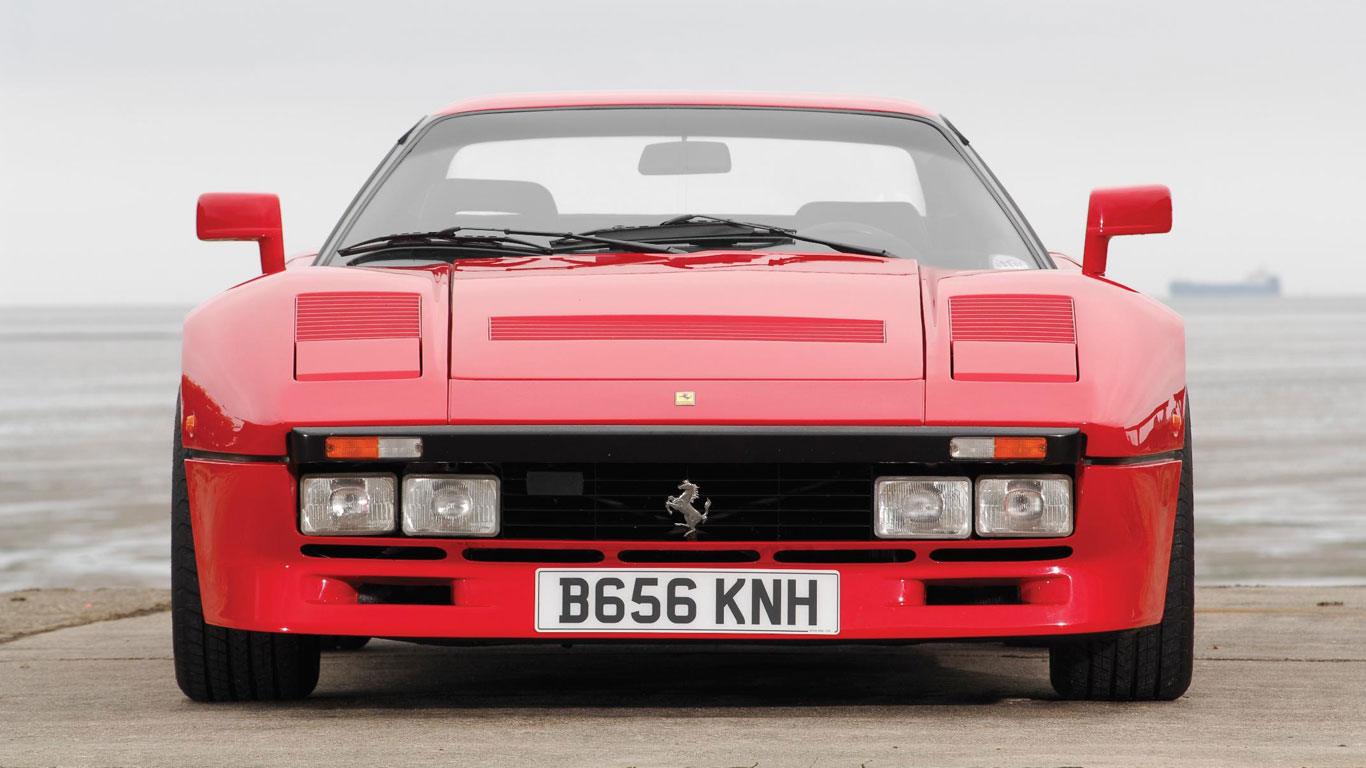
Ferrari 288 GTO
© FerrariWhen is a Group B car not a Group B car? When it’s a Ferrari 288 GTO. While many manufacturers chose to go rallying, a few ventured down the track route, one of which was Ferrari. The 288 GTO was designed to go racing and Ferrari was to build 200 road cars. But with the death of Group B, Ferrari had a car without a race series…
-
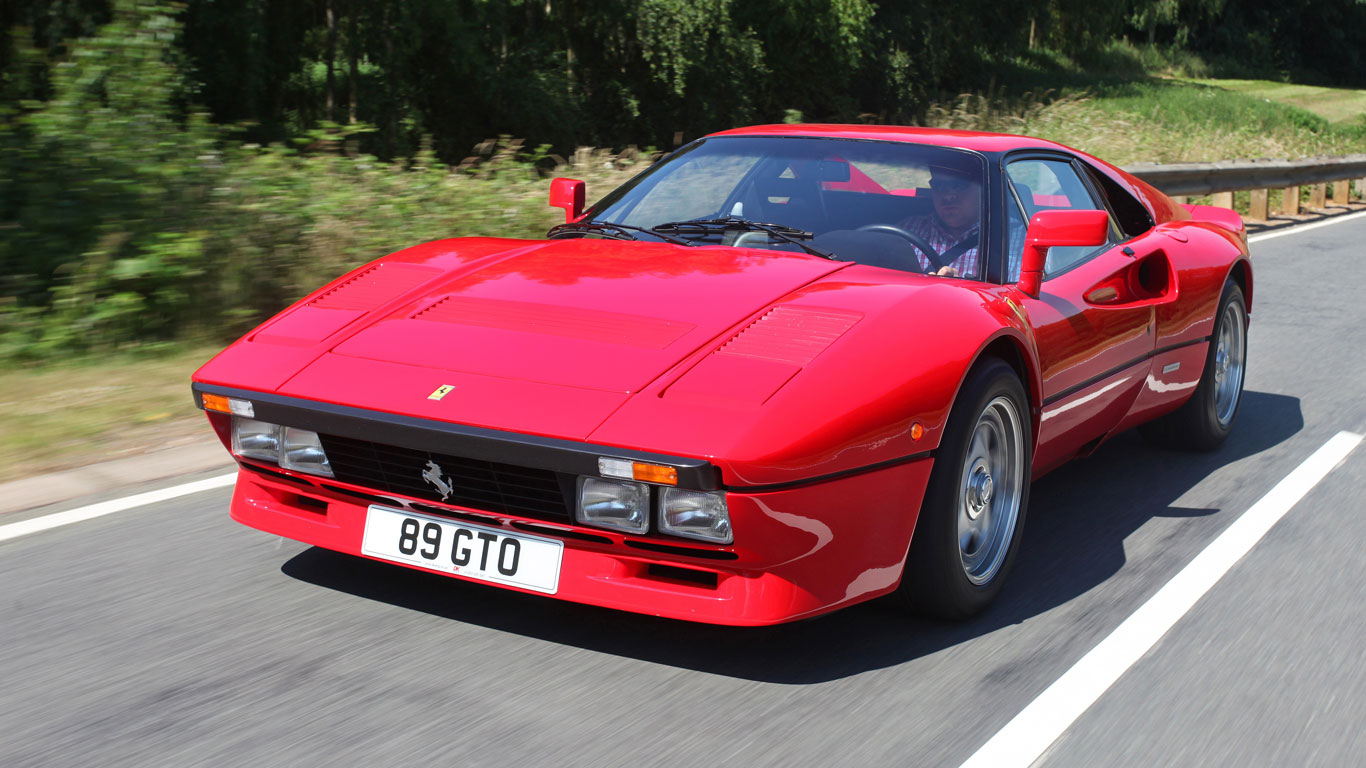
Ferrari 288 GTO
© NewspressNo matter, because such was the demand for the 288 GTO — first seen at the 1984 Geneva Motor Show — Ferrari pressed ahead with a production run of 272 examples. The world was glad it did, because the 400hp 288 GTO became one of the defining Ferraris of the 1980s. And it was all thanks to Group B.
-
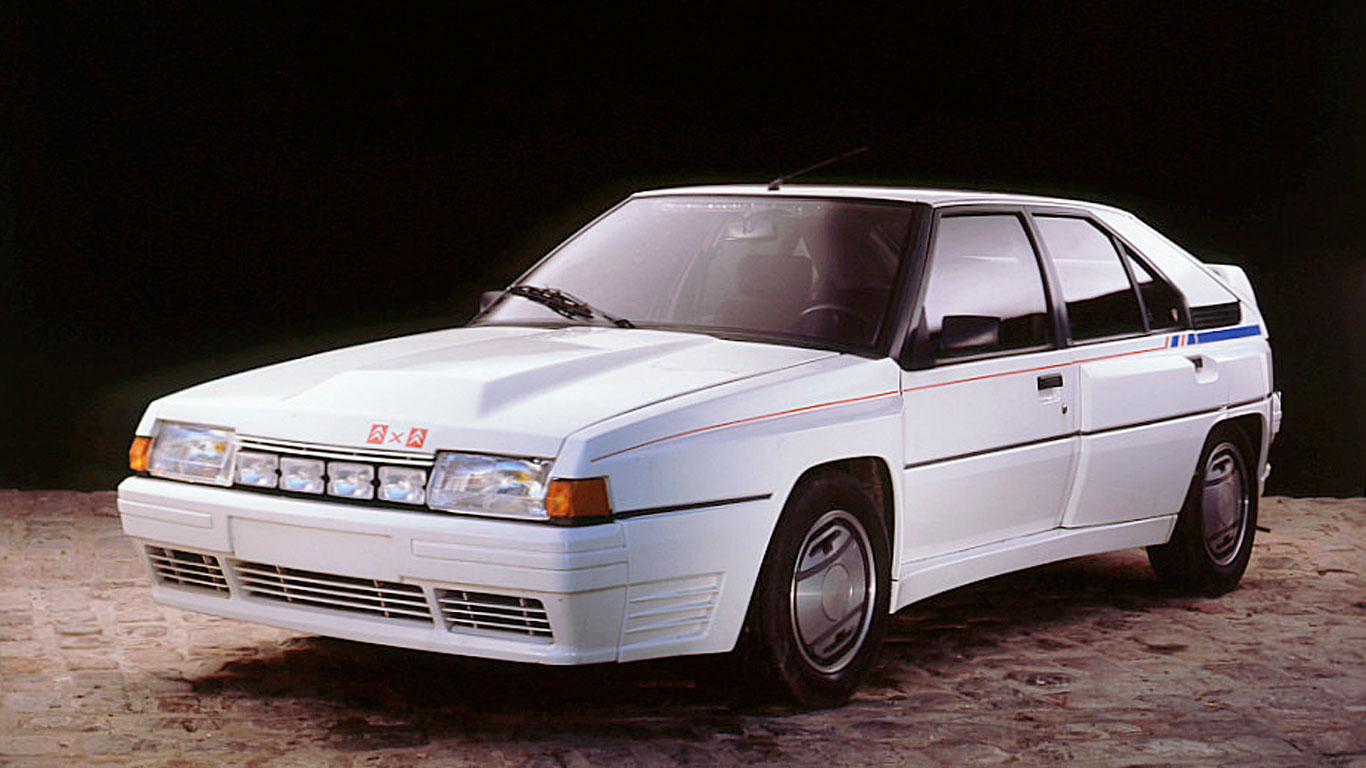
Citroen BX 4TC
© BonhamsBut while Ferrari created a Group B icon, Citroen created an embarrassment. The French firm was so ashamed of the BX 4TC, it cancelled the project and ordered all remaining cars be scrapped. Its ungainly looks were thanks to its engine, which was mounted too far forward, while the car itself was too heavy and suffered from horrendous understeer.
-
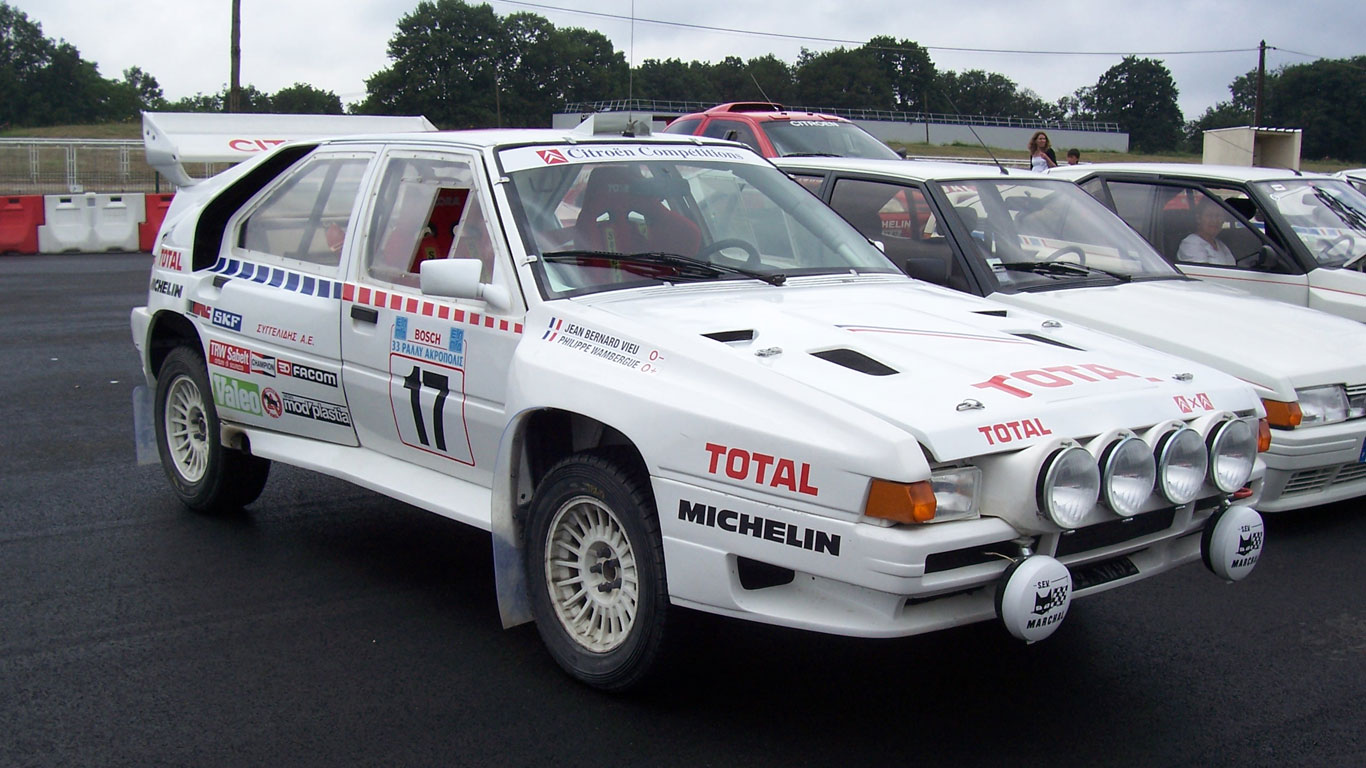
Citroen BX 4TC
© WikipediaBy 1988, some two years after the death of Group B, only 85 of the planned 200 cars required for homologation had been sold. Around half of these survived Citroen’s night of the long knives, making the 4TC highly collectable today. That said, it remains one of the cheapest entries into Group B ownership.
-
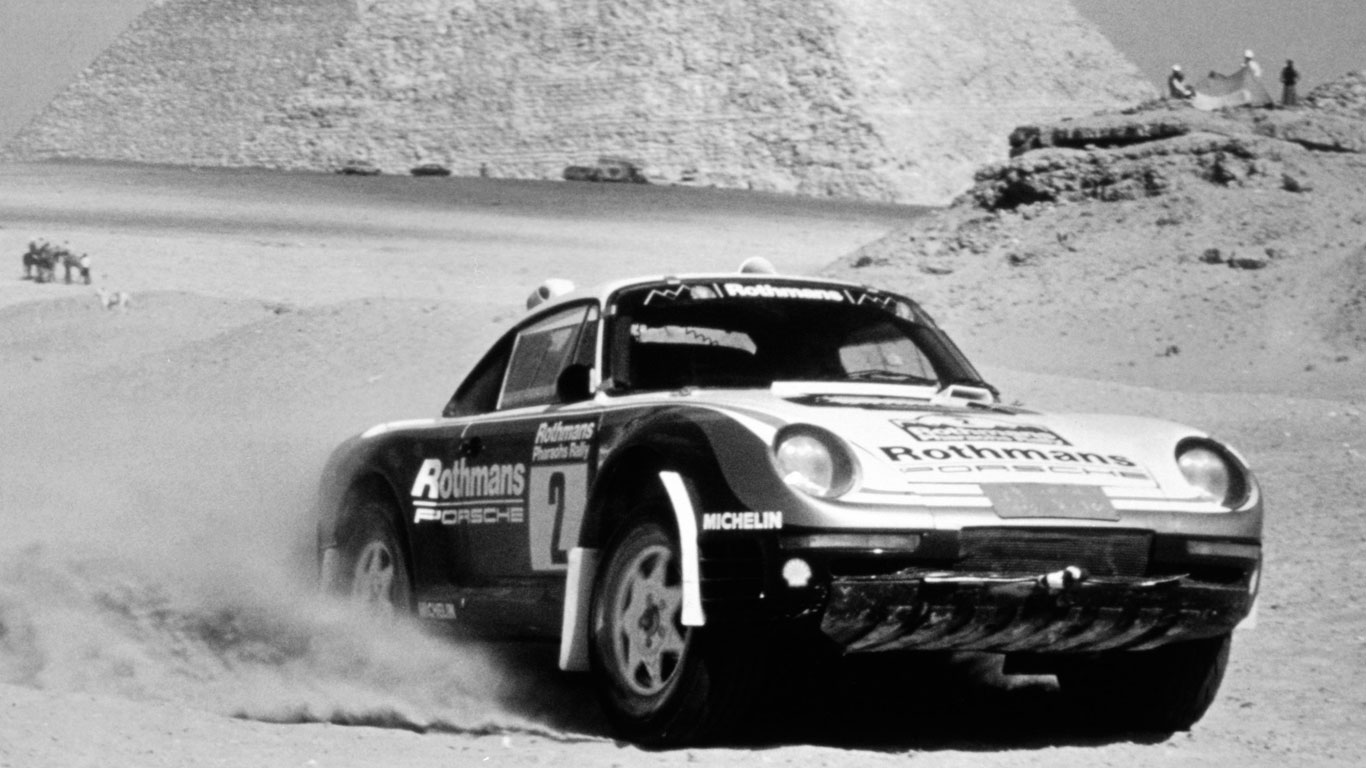
Porsche 959
© PorschePerhaps the most technologically advanced of all Group B cars, the Porsche 959 never actually entered a Group B race. Development of the Porsche ‘Gruppe B’ took far too long, which meant that by the time it was complete, the series had already been consigned to the history books. But that didn’t stop the 959 from establishing itself as a legend.
-
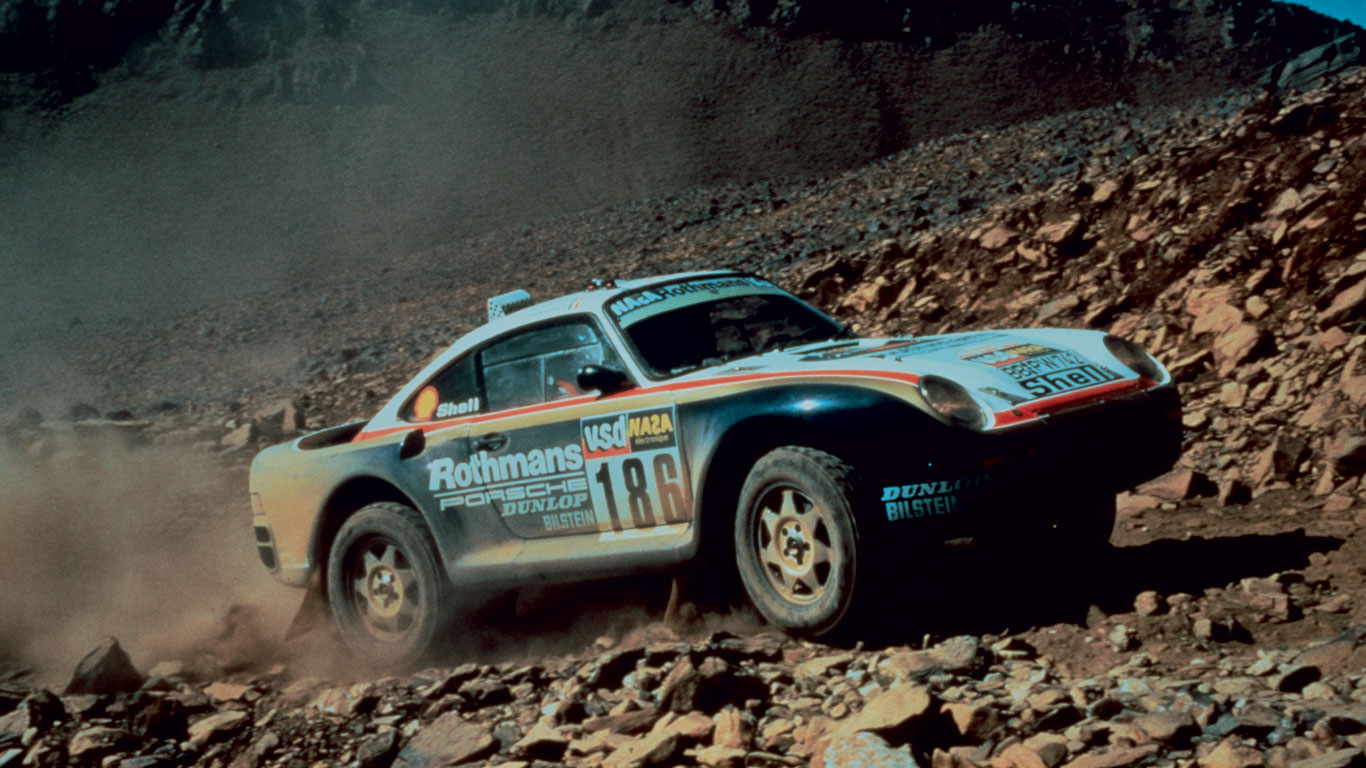
Porsche 959
© PorscheIndeed, although rallying became less important to Porsche, the 959 did secure an impressive one-two in the Paris-Dakar Rally of 1986, while a track-focused car took a class win at Le Mans. At the time, the 197mph 959 was the fastest road-going car in the world. Another reason to celebrate Group B.
-
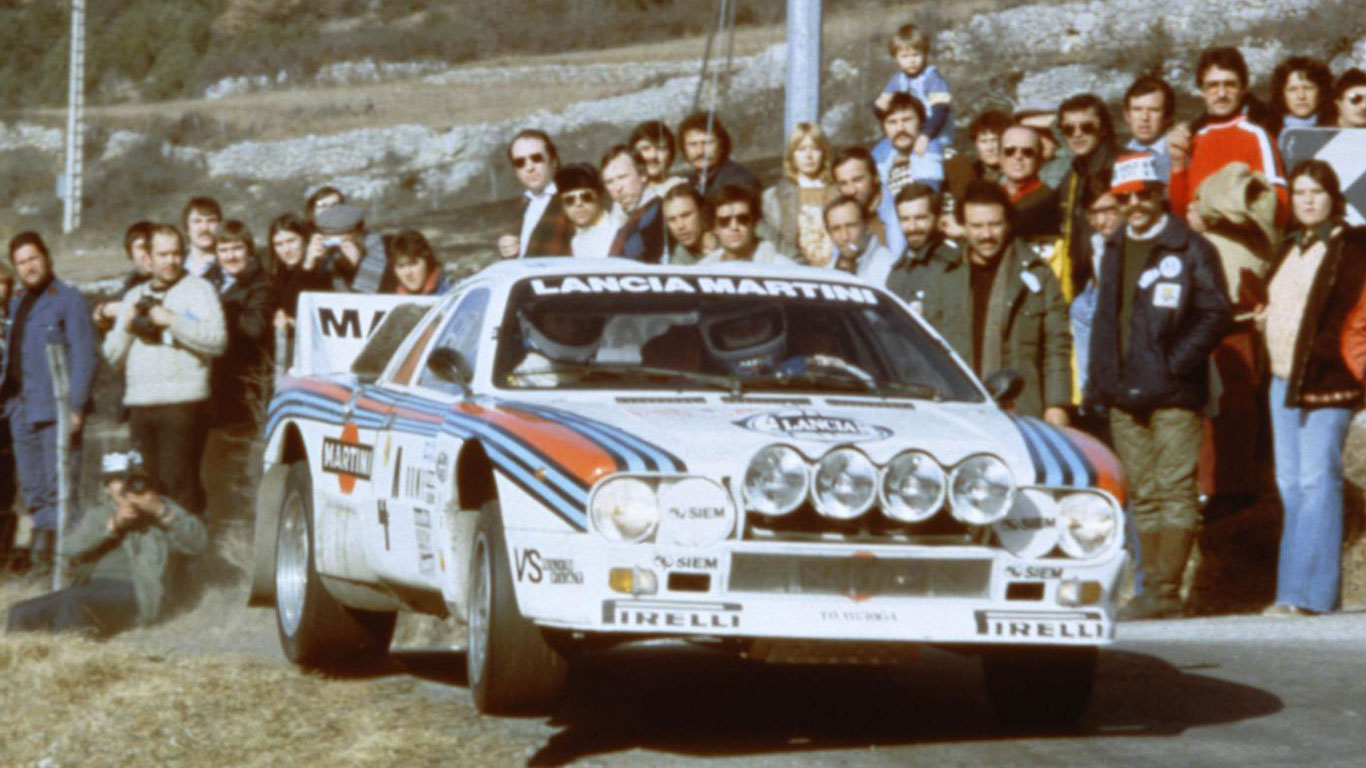
Lancia Rally 037
© LanciaSome cars are born too soon for their own good. The stunning Lancia Rally 037 is a good case in point. It was successful in the 1983 World Rally Championship — securing the Constructors’ title — but the writing was already on the wall, with Audi proving that four-wheel drive represented the future of world rallying.
-
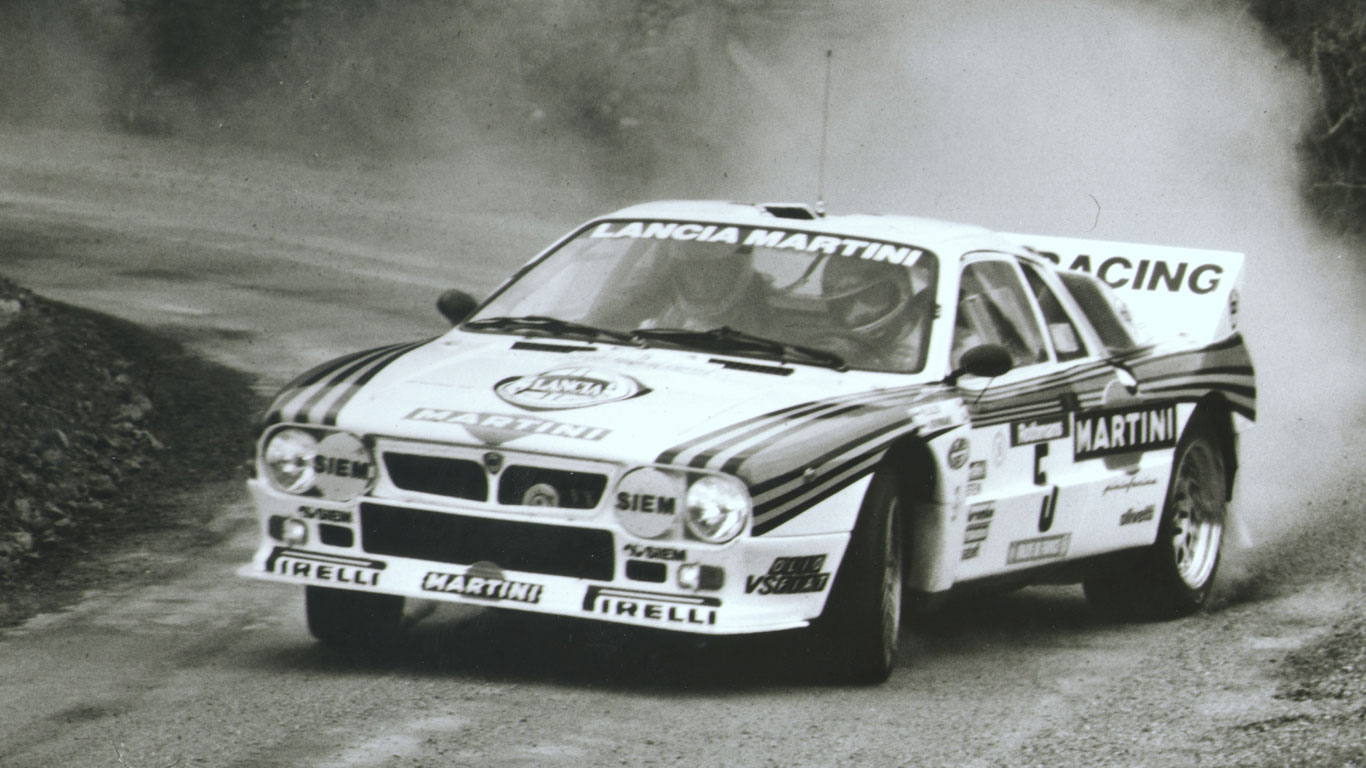
Lancia Rally 037
© LanciaIt was the first Group B car to be built and was seriously quick on tarmac surfaces. But its rear-wheel drive nature meant it was unable to match the Audi quattro on snow and gravel, so its days on the podium were numbered. It was replaced by the Delta S4 and subsequently the Delta HF Group A.
-
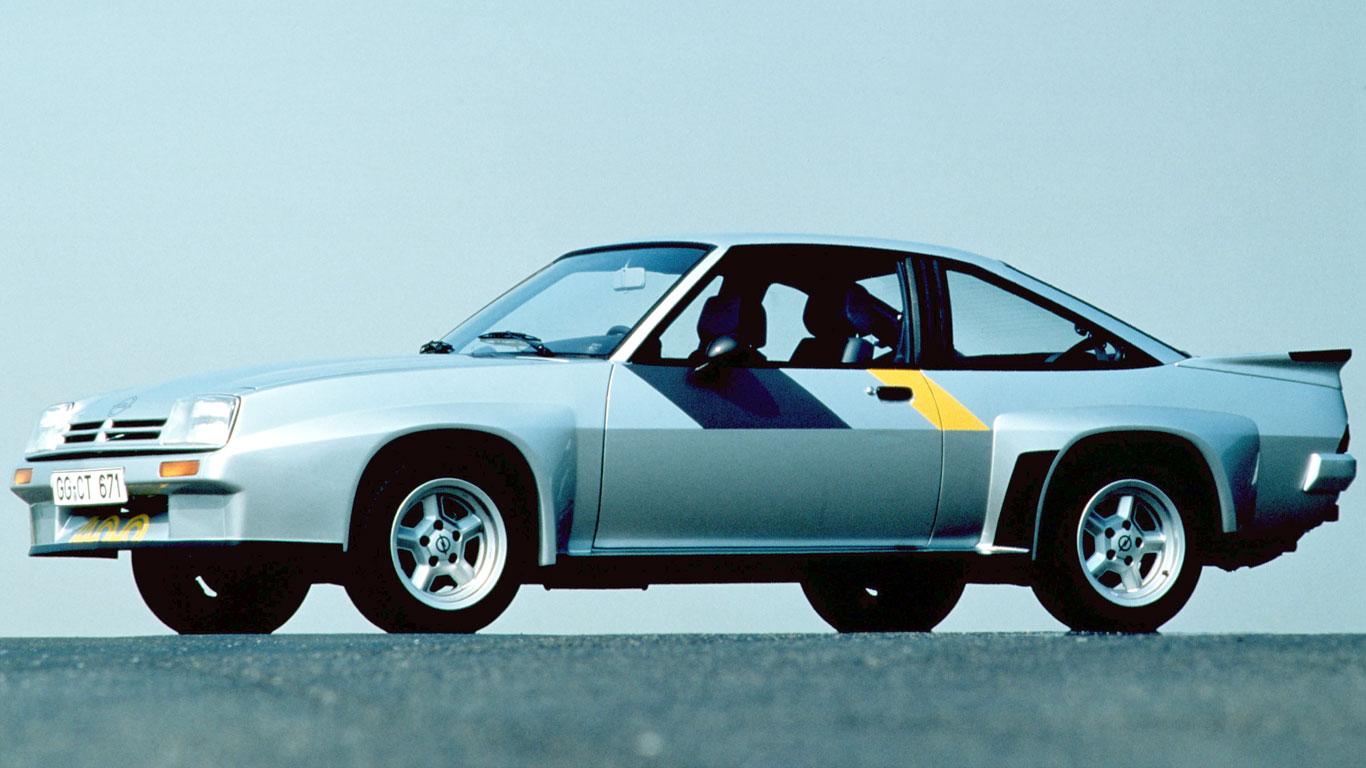
Opel Manta 400
© OpelThe greatest Group B car ever produced? Far from it, but we all have a soft spot for the Opel Manta 400. Work started on the car back in 1981, but FISA didn’t give it the stamp of approval until 1983. It made its debut in Corsica.
-
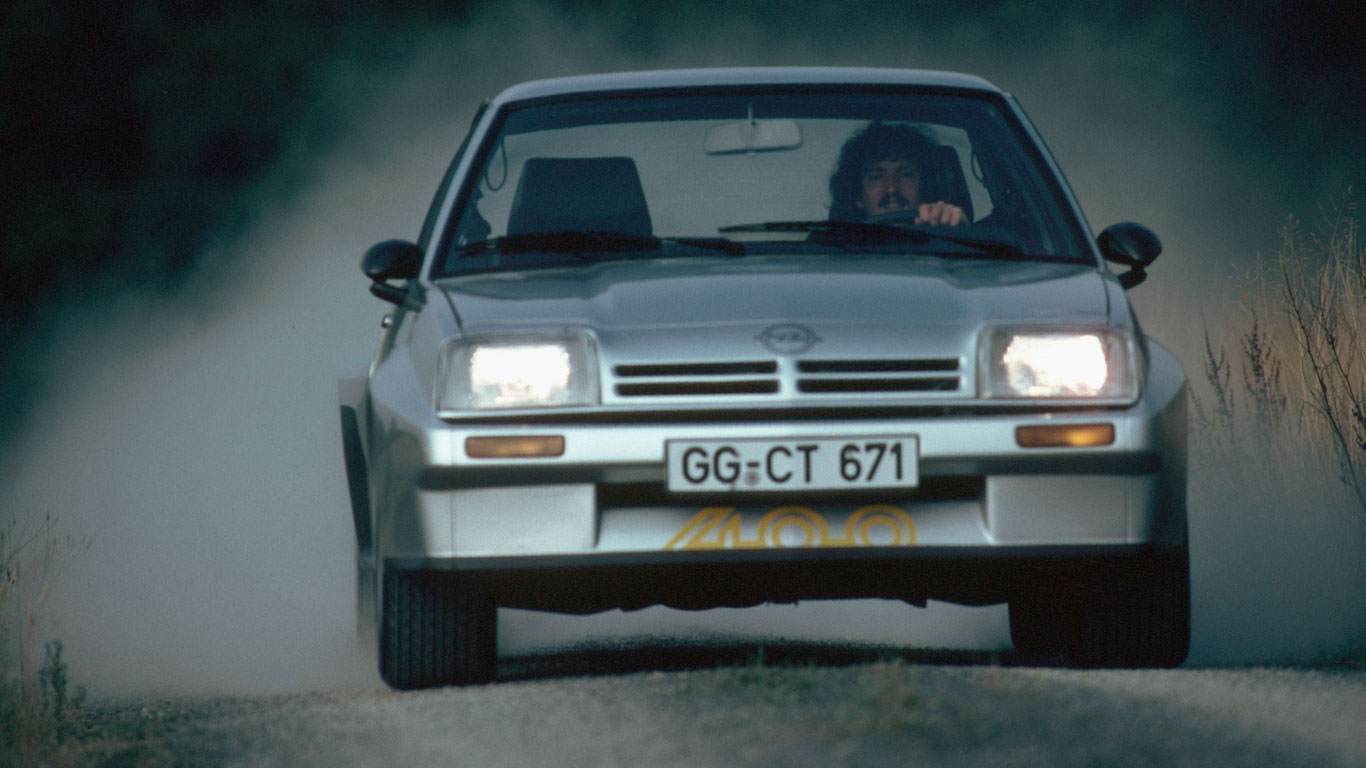
Opel Manta 400
© OpelThe Opel Manta 400 made extensive use of Kevlar, with the front fenders, front panel, hood, doors, rear arches, boot lid, spoiler and headlight holders all made from the lightweight material. That’s the nature of Group B – anything goes.
-
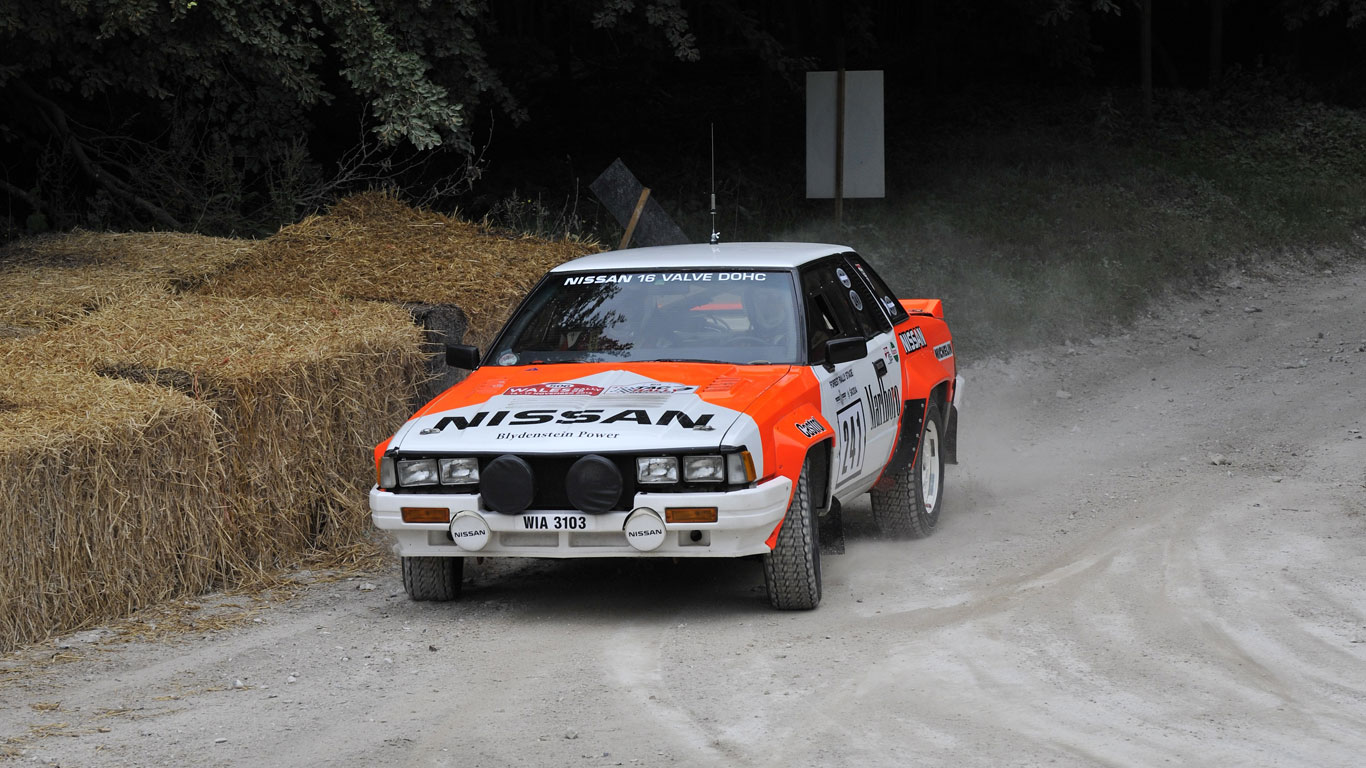
Nissan 240RS
© GoodwoodNissan’s Group B entry was the 240RS coupe. It was powered by a 2.4-liter engine developed specifically for Group B, with power transferred to the rear wheels using a Nismo transmission.
-
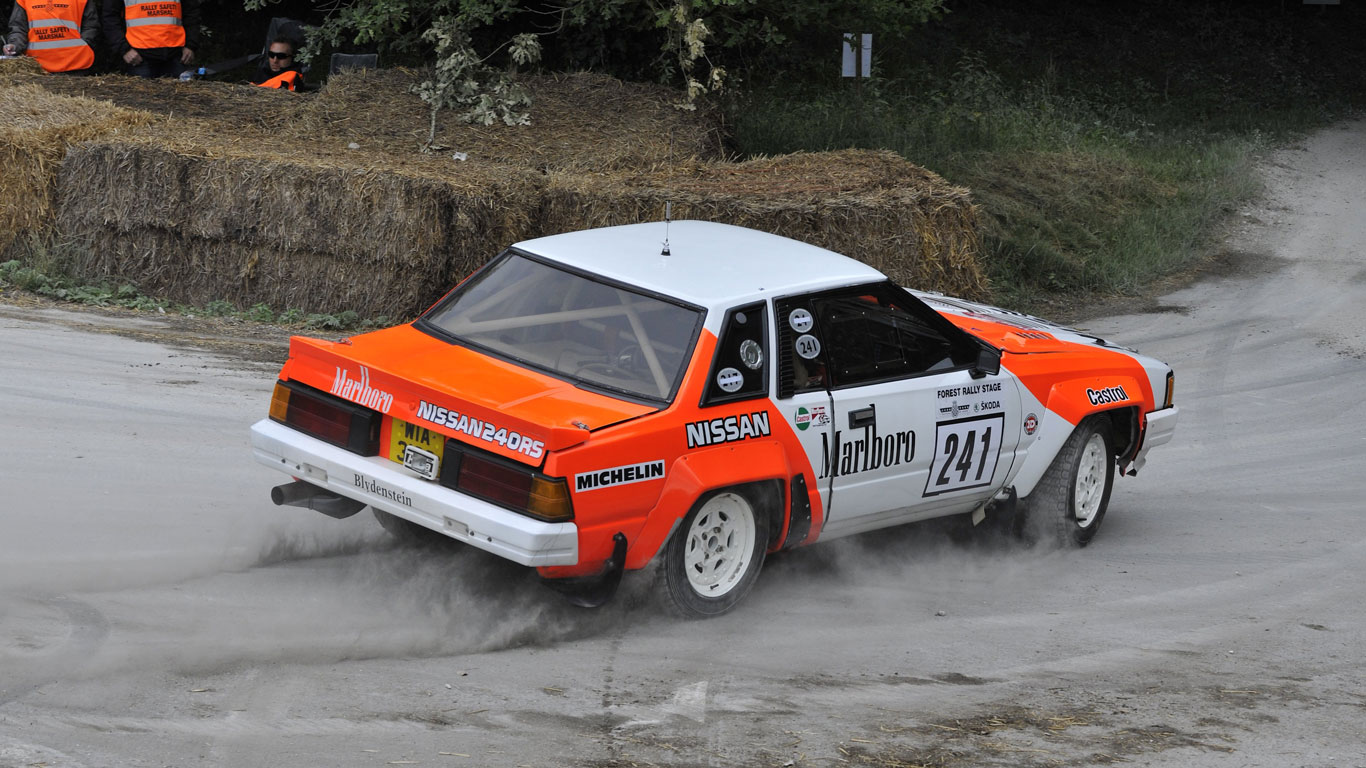
Nissan 240RS
© GoodwoodBeing rear-wheel drive, it enjoyed limited success on the world’s circuits, but it managed a second place in the New Zealand Rally.
-
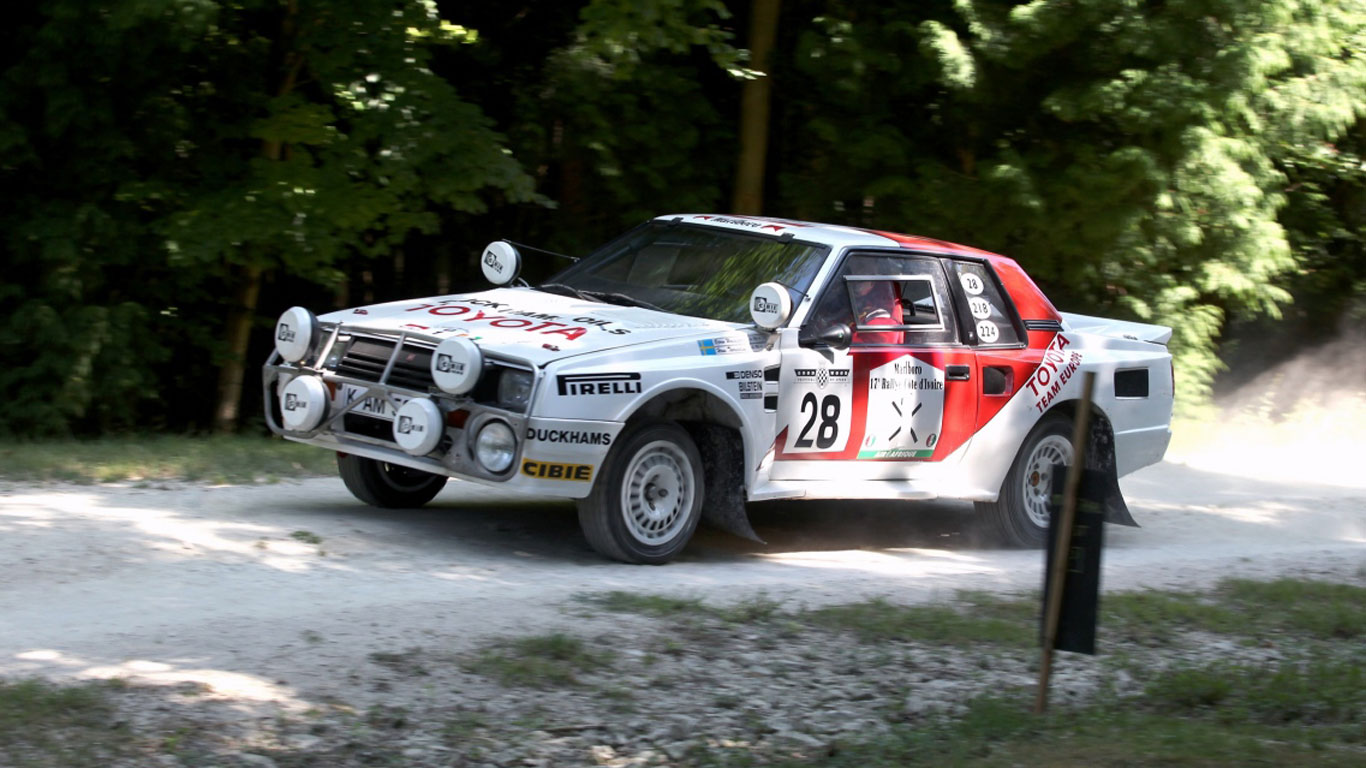
Toyota Celica Twin-Cam Turbo
© ToyotaThanks to its success in the Safari and Ivory Coast Rallies, the Toyota Celica Twin-Cam Turbo earned itself the nickname ‘King of Africa’. While other carmakers were switching to four-wheel drive, Toyota stuck with rear-wheel drive, much to the disappointment of team boss Ove Andersson.
-
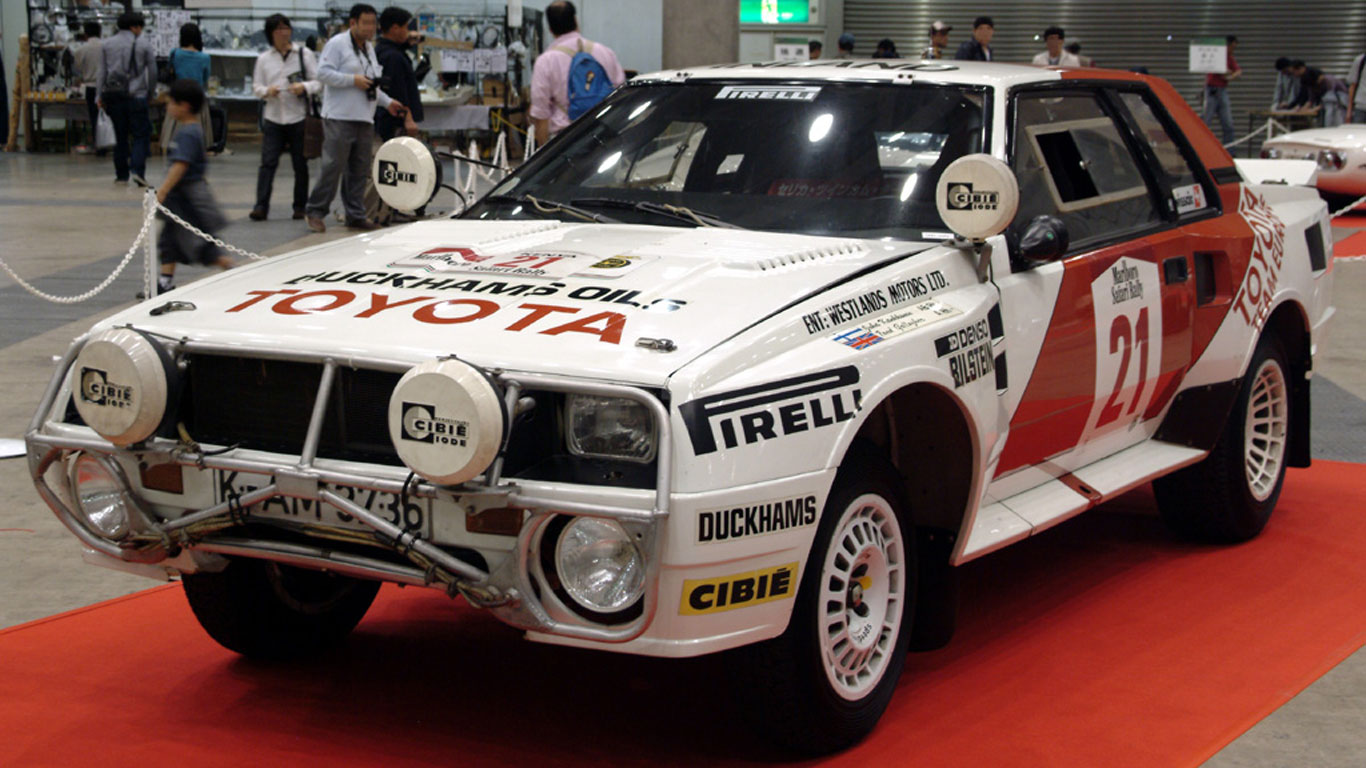
Toyota Celica Twin-Cam Turbo
© Rikita – WikipediaIt made its debut at the 1983 1,000 Lakes Rally, where Juha Kankkunen drove it to a respectable sixth place. On its next outing, it finished first on the 1984 Ivory Coast Rally. The end of Group B signalled the end for the Celica Twin-Cam Turbo and a new beginning for the Celica with a four-wheel-drive drivetrain.
-
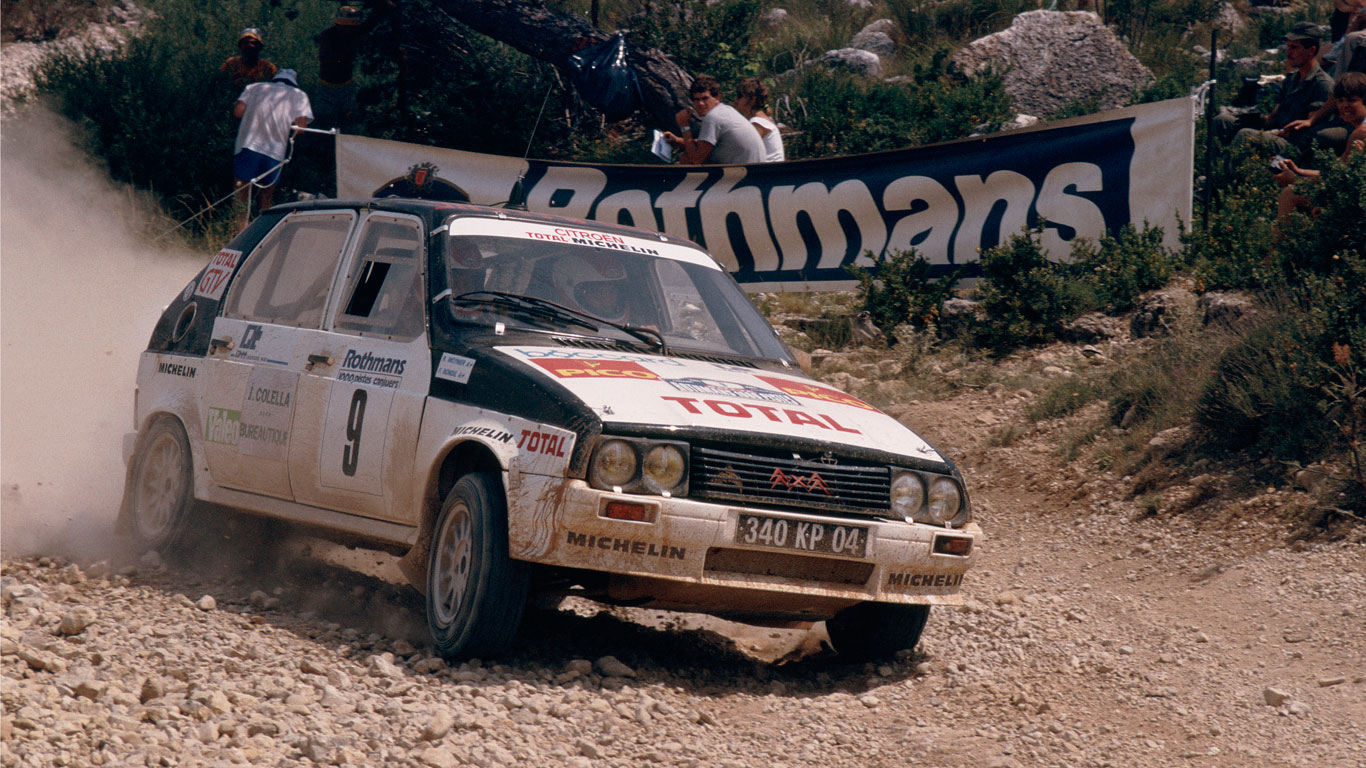
Citroen Visa Mille Pistes
© CitroenThe Citroen Visa Mille Pistes followed the earlier Visa Trophée and Visa Chrono models, providing entry-level access to Group B rallying. While it was never going to compete for honours, the Mille Pistes did achieve a number of class wins.
-
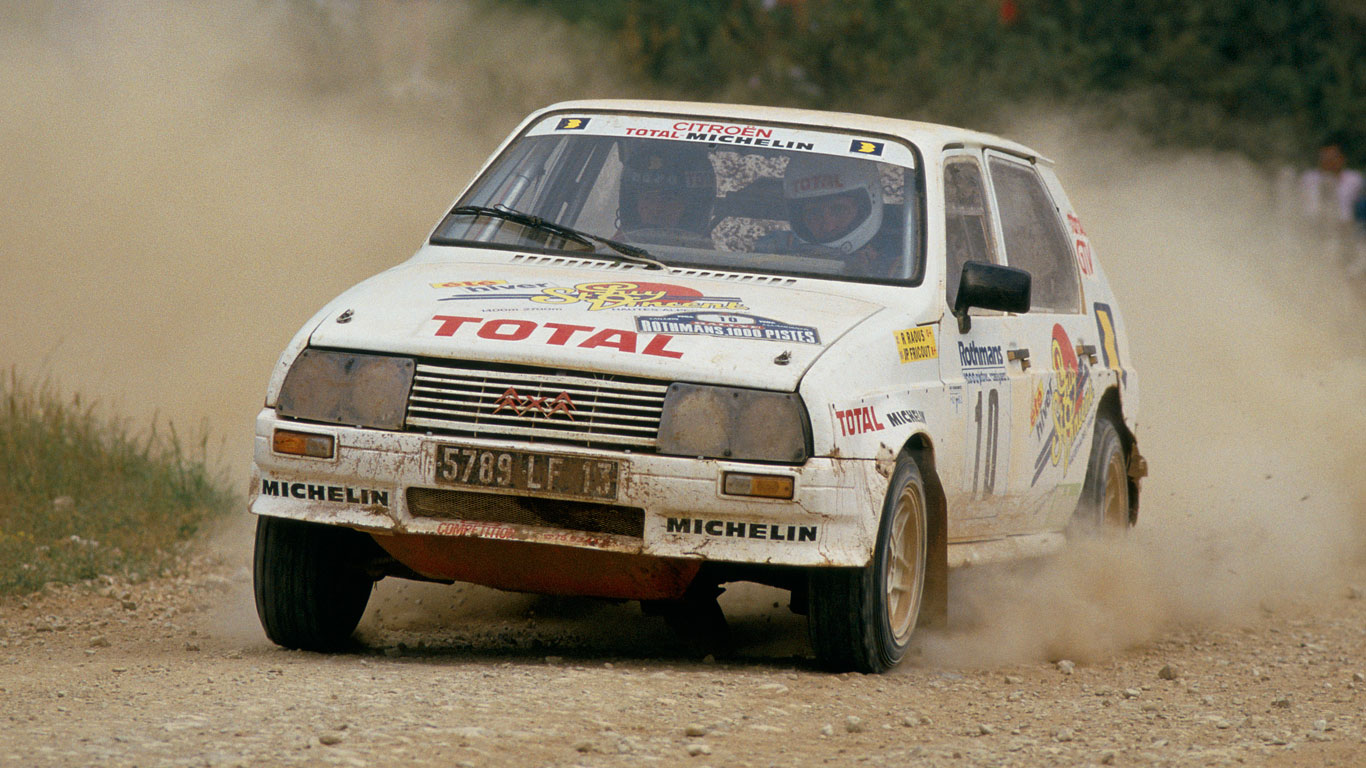
Citroen Visa Mille Pistes
© CitroenIts engine was a tuned version of the road-going 1.4-liter engine found in a number of Citroen and Peugeot models, but with four-wheel drive added for the first time in a Visa. Many fell into hands of privateers and — much like the BX 4TC — it provides one of the most affordable ways to experience Group B.
-
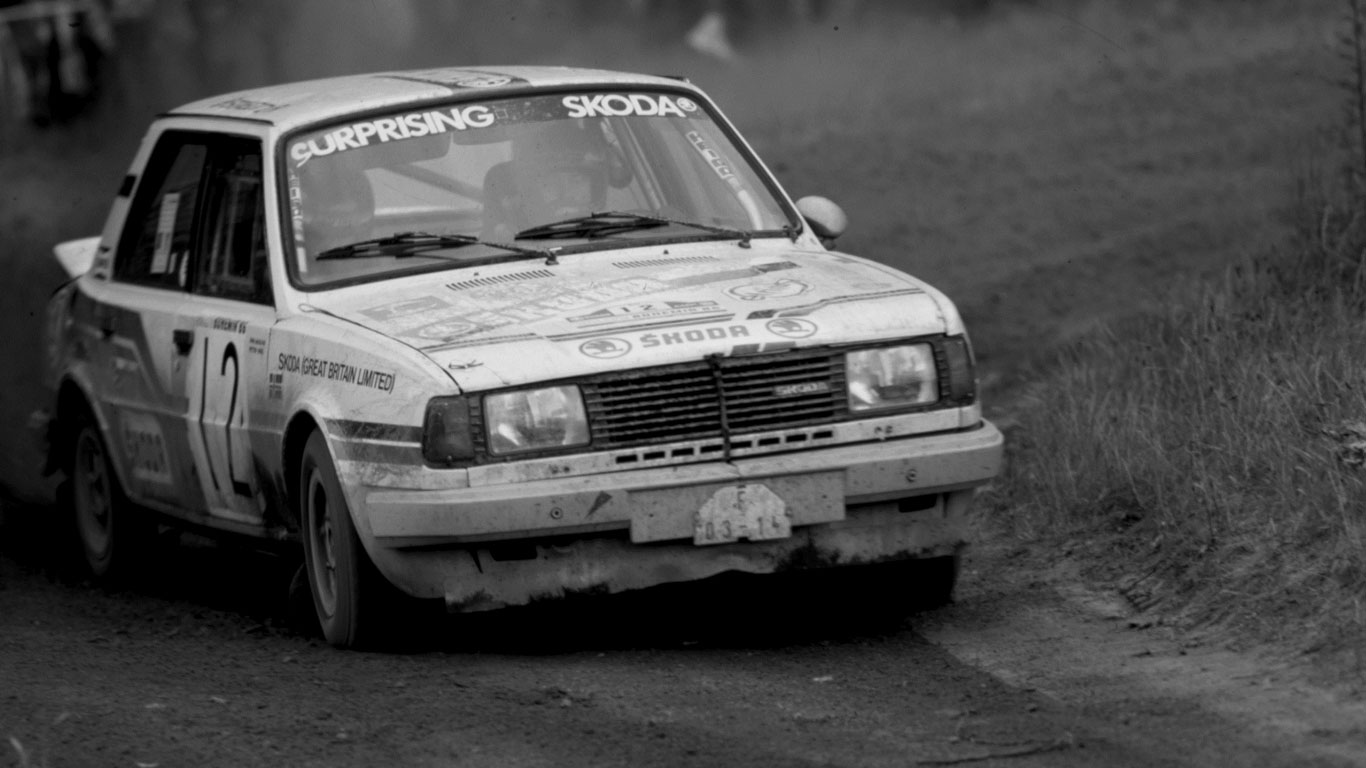
Skoda 130LR
© SkodaThe Visa’s direct competitor was this: the Skoda 130LR. The rear-engined rally car was based on the Skoda 120 road car and was powered by a 1.3-liter engine developing 132hp.
-
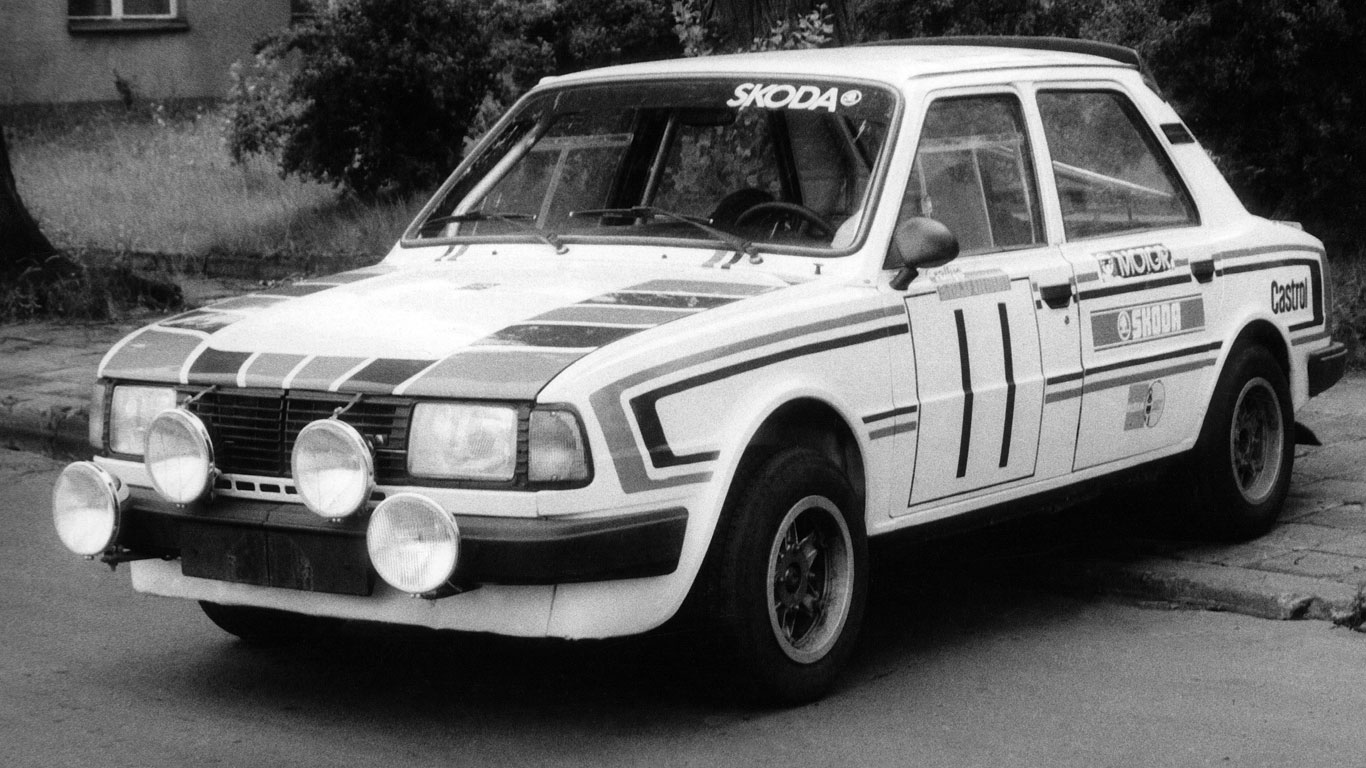
Skoda 130LR
© SkodaAfter Group B was cancelled, the Skoda 130LR continued to be used in national events until 1988. In its day, the Skoda was quite a formidable and durable giant-killer.